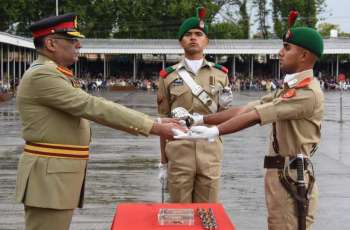Islamabad, (Pakistan Point News - 27th May, 2018) : The Islamabad High Court has made public a Ministry of Defence report regarding the sit-in and subsequentoperation last year against Tehreek-e-Labbaik (TLYR) protestors at Faizabad interchange. According to the report, the government officials have rejected the notion that the Inter-Services Intelligence (ISI) was involved in orchestrating and sustaining the protest. In fact, the ministry contends that ISI made every effort to support the government in a peaceful resolution of the issue.
The report details that the fake stories about the intelligence agency were created and spread by users on the social media, and were given credence by 'those in influential positions' who made irresponsible remarks regarding these conspiracy theories. However, the report does not make any attempt to clarify the ambiguity created by this carefully worded conclusion, and no Names are provided to support the claim. According to the findings of the defence ministry, the botched operation against the participants of the sit-in was a result of a lack of coordination between members of Rawalpindi and Islamabad police, who did not have a unified chain of command, and were 'poorly equipped' to deal with rioters.
In another damning indictment, the report claimed that the 'rhetoric of political leadership' was responsible for aggravating the controversy surrounding amendments to the Election Act which triggered the protests. According to officials, the Federal government and the TYLR did not formally engage with each other, although both parties wanted to probe and act against those who were responsible for changes to the Election Act. IHC moved to make report public on who used COAS' name in 'Faizabad agreement' The Ministry of Defence highlighted that the fallout of the failed operation, wherein all major cities and vital communication arteries were blocked and government officials were being attacked, played a major role in determining the terms of the eventual agreement between the protestors and the state.
The report also recommended that the court summon the leaders of the sit-in to explain the manner in which they acted and spoke during the whole episode.



